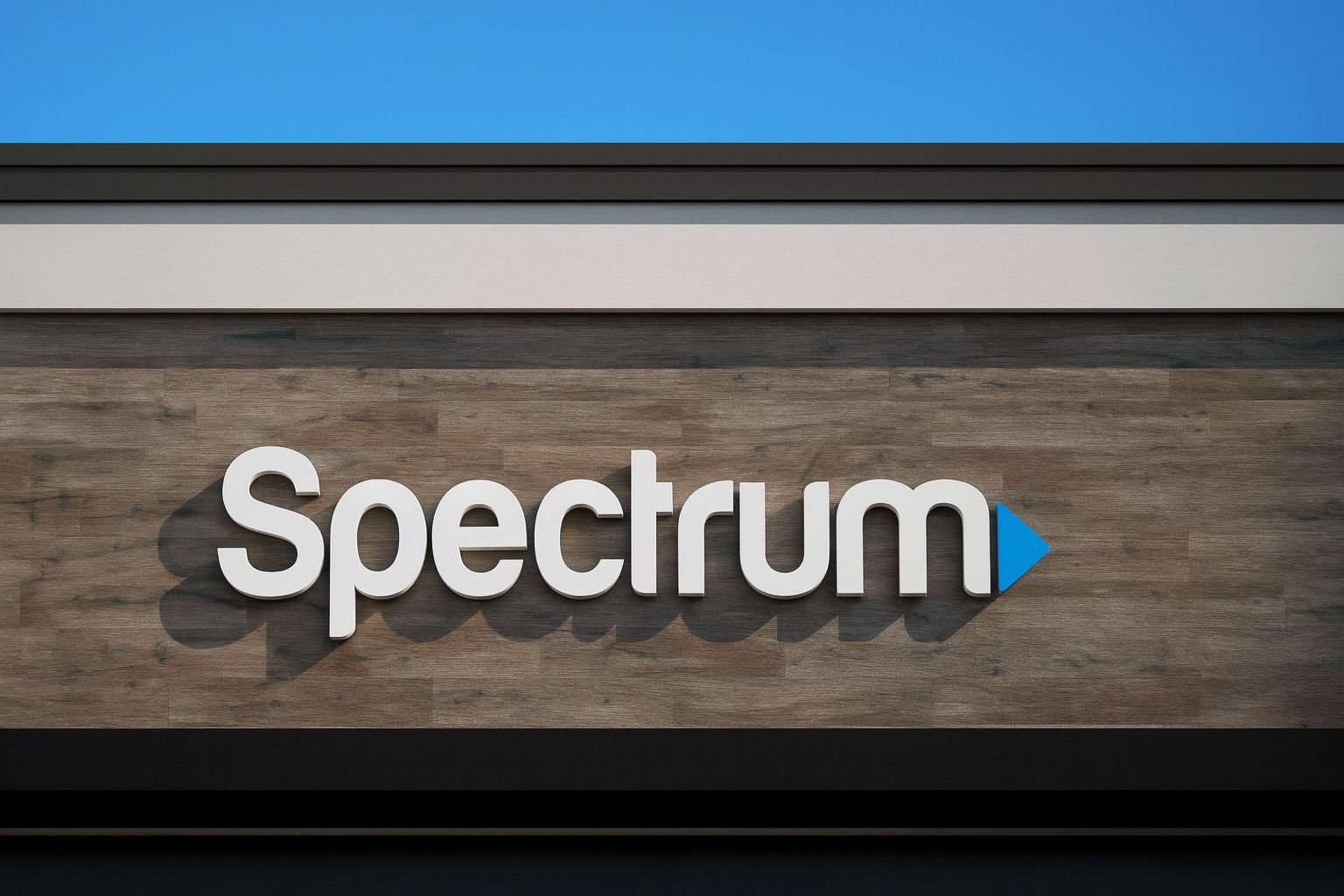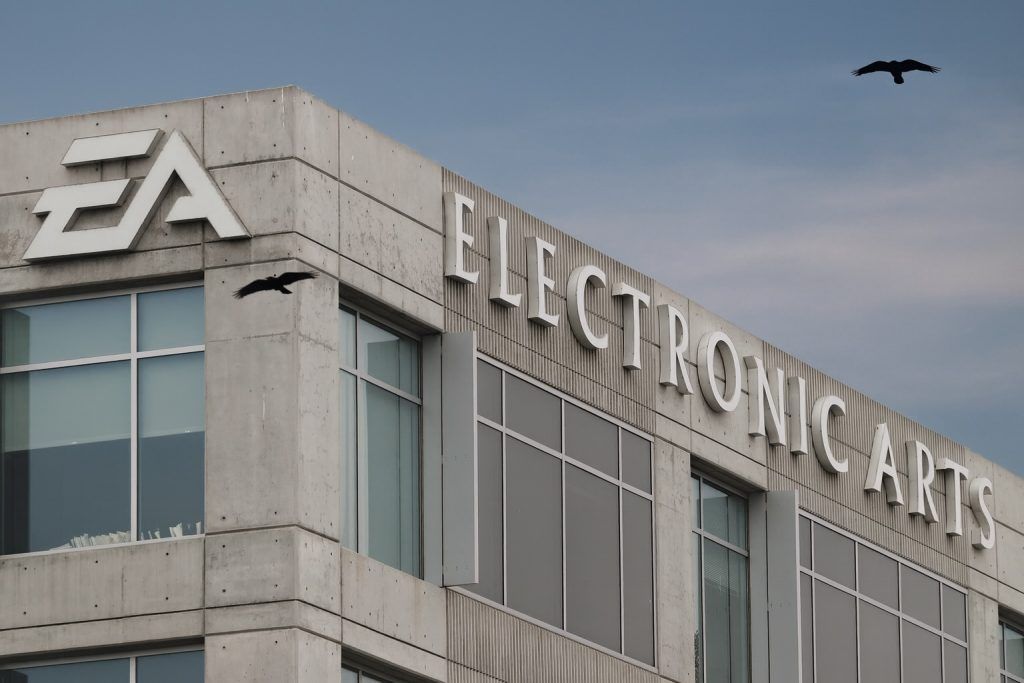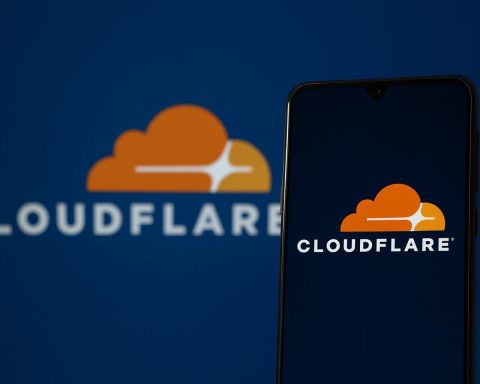- What happened: A widespread Spectrum internet/phone outage hit Dallas and North Texas on Friday, Sept. 26, 2025. Nearly 25,000 customer reports appeared on tracking sites. [1]
- Where: Heaviest reports from Dallas, Plano and Frisco, with scattered reports in Missouri, Maine and Montana. [2]
- When: Customer outage reports peaked around 2:45 p.m. ET (1:45 p.m. CT) on Friday. [3]
- Company response: Spectrum acknowledged an interruption in parts of Central and North Texas and said it was working to restore service. [4]
- Restoration ETA: Some customers received text estimates of restoration by around 6:30 p.m. local time. [5]
- Cause: Not yet disclosed by Spectrum as of publication. [6]
- Why it matters: The outage follows several recent North Texas telecom disruptions (including a Frontier fiber cut that snarled Dallas air traffic last week), underscoring regional network fragility. [7]
What we know now
Scale and geography. By mid‑afternoon Friday, outage trackers showed tens of thousands of reports tied to Spectrum—nearly 25,000 in Dallas alone—suggesting a broad service hit across the metro area. Local reporting cited Dallas, Plano and Frisco as the most-affected cities, while some tracker chatter pointed to additional states seeing issues. [8]
Timeline. User reports ramped up and peaked around 2:45 p.m. Eastern (1:45 p.m. Central) on September 26, 2025. [9]
What Spectrum said. On X (formerly Twitter), the company told customers it was aware of “an interruption of services in parts of Central and North Texas” and was working to restore service quickly. [10]
“We are aware of an interruption of services in parts of Central and North Texas… working to restore services as quickly as possible.” [11]
Estimated restoration. Some customers also received text messages suggesting service might be back by ~6:30 p.m.(times can vary by neighborhood and network segment). [12]
The cause (so far). As of press time, Spectrum had not identified a root cause in public statements picked up by local outlets. (If a cause is later confirmed—e.g., fiber cut, third‑party vendor issue—we’ll note that this piece reflects the status at approximately the time of the outage.) [13]
How this compares to other recent telecom failures in North Texas
One week ago: A telecom failure tied to cut Frontier Communications fiber near Dallas triggered more than 2,000 flight disruptions across DFW and Love Field, temporarily affecting FAA radar and radio links. That incident exposes how single points of failure in regional fiber infrastructure can cascade into critical services. [14]
Regulatory backdrop: Carriers have been under increasing scrutiny to notify 911 call centers (PSAPs) within 30 minutes when outages might affect emergency calling. These FCC rules took effect April 15, 2025. [15]
The FCC’s new rules require providers to “notify affected PSAPs within 30 minutes of discovering a potential 911‑impacting outage.” [16]
Enforcement history: In 2024, Charter (Spectrum’s parent) agreed to pay $15 million to settle an FCC probe into outage reporting issues; other carriers like AT&T and Verizon have also paid fines for 911‑related failures. [17]
Industry pattern: Network‑measurement analysts have documented a rise in complex, interdependent outages where “symptoms appear disconnected from their root causes”—a useful lens for understanding why customers can see wide‑area impacts even when a single upstream fault occurs. [18]
ThousandEyes notes “an increasing prevalence of subtle functional failures… where symptoms often appear disconnected from their root causes.” [19]
What we don’t know yet
- Root cause: Spectrum has not publicly tied this outage to a specific event (e.g., fiber cut, software/configuration cascade, third‑party provider, power). [20]
- Full incident scope: Early reports mention North Texas most prominently; some trackers showed isolated reports in other states, but those can reflect unrelated local issues. [21]
- Customer credits: Spectrum’s support pages describe general post‑outage troubleshooting and status checks, but any bill credits typically depend on duration and local policies. Check your account notifications. [22]
Practical steps if you’re affected
- Verify status & reboot: Use Spectrum’s outage checker (web/app) and reboot modem/router after an outage clears; stale DHCP sessions can persist. [23]
- Fallback connectivity:
- Mobile hotspot (phone or dedicated device) for critical tasks.
- Neighbors/office Wi‑Fi if available.
- Public library or coworking for extended downtime.
- Work continuity: Enable offline modes in Google Workspace/Microsoft 365; sync files locally.
- Home resilience (next time):
- Consider a dual‑WAN router with 5G/LTE backup (T‑Mobile/Verizon fixed wireless) or Starlink in low‑wired areas.
- For small businesses, discuss secondary ISP (e.g., cable + fiber) and cellular failover with your IT provider.
- Safety: If you suspect 911 calling is impacted on your service, use cellular voice, Wi‑Fi calling on a different ISP, or landline. (Providers are required to notify PSAPs quickly under FCC rules.) [24]
How Spectrum stacks up against alternatives (reliability & trade‑offs)
- Cable (Spectrum): Wide availability and strong speeds; shared‑segment congestion and dependency on local coax/hub fiber runs can make neighborhoods feel outages in clusters.
- Fiber (e.g., AT&T/Frontier where available): Lower latency and fewer RF interference issues; still vulnerable to fiber cuts (as Dallas just saw in the air‑traffic incident). [25]
- Fixed wireless (T‑Mobile/Verizon Home Internet): Fast to deploy and good as failover; susceptible to signal/weather variability and cell‑sector congestion during peak times (less physical‑plant risk than fiber/coax).
- Satellite (Starlink): Broad coverage and useful in exurbs; requires clear sky view, can be affected by weather/line‑of‑sight, and costs more per Mbps than wired options.
- Observed outage dynamics: Independent telemetry (ThousandEyes, NetworkWorld rollups) shows outage patterns shifting week‑to‑week and increasingly tied to complex provider dependencies—a reminder that multi‑path connectivity is the best hedge. [26]
Why this outage matters
North Texas is becoming a digital hub—from airlines’ operations to remote work and data‑center growth—so single events in the region’s telecom fabric can ripple widely. Even if today’s Spectrum outage stays confined to residential/SMB service, it highlights the value of redundancy and clear communication from providers during incidents (including adherence to 911 notification rules). [27]
What we’re watching next
- Official root‑cause update from Spectrum (or its parent, Charter). [28]
- Any PSAP/911 impact notices from local authorities (none confirmed in the cited coverage so far). [29]
- Post‑mortem disclosures (was it a fiber break, software/config change, or a third‑party vendor issue?)—patterns the industry has increasingly flagged in 2025. [30]
Sources & expert quotes (selected)
- Dallas Morning News: Local tally (~25,000 reports), company acknowledgement on X, and ETA texts. [31]
- Hindustan Times: Peak time (2:45 p.m. ET) and notes about Dallas/Plano/Frisco and scattered out‑of‑state reports. [32]
- ThousandEyes (Cisco): 2025 outage patterns and expert framing of root‑cause vs. symptom disconnect. [33]
- FCC/CommLaw Group summary: New 911 outage‑notification rules effective April 15, 2025; 30‑minute PSAP notification. [34]
- Reuters/AP/WSJ: The Frontier fiber cut behind last week’s Dallas airport disruptions—regional relevance for telecom resilience. [35]
- Reuters (2024): Charter $15M settlement over outage/911 notification issues; AT&T and Verizon fines show this is an industry‑wide compliance focus. [36]
- Spectrum Support: Post‑outage troubleshooting and status checks.
References
1. www.dallasnews.com, 2. www.hindustantimes.com, 3. www.hindustantimes.com, 4. www.dallasnews.com, 5. www.dallasnews.com, 6. www.dallasnews.com, 7. apnews.com, 8. www.dallasnews.com, 9. www.hindustantimes.com, 10. www.dallasnews.com, 11. www.dallasnews.com, 12. www.dallasnews.com, 13. www.dallasnews.com, 14. www.reuters.com, 15. commlawgroup.com, 16. commlawgroup.com, 17. www.reuters.com, 18. www.thousandeyes.com, 19. www.thousandeyes.com, 20. www.dallasnews.com, 21. www.hindustantimes.com, 22. www.spectrum.net, 23. www.spectrum.net, 24. commlawgroup.com, 25. www.reuters.com, 26. www.thousandeyes.com, 27. commlawgroup.com, 28. www.dallasnews.com, 29. www.dallasnews.com, 30. www.thousandeyes.com, 31. www.dallasnews.com, 32. www.hindustantimes.com, 33. www.thousandeyes.com, 34. commlawgroup.com, 35. apnews.com, 36. www.reuters.com









